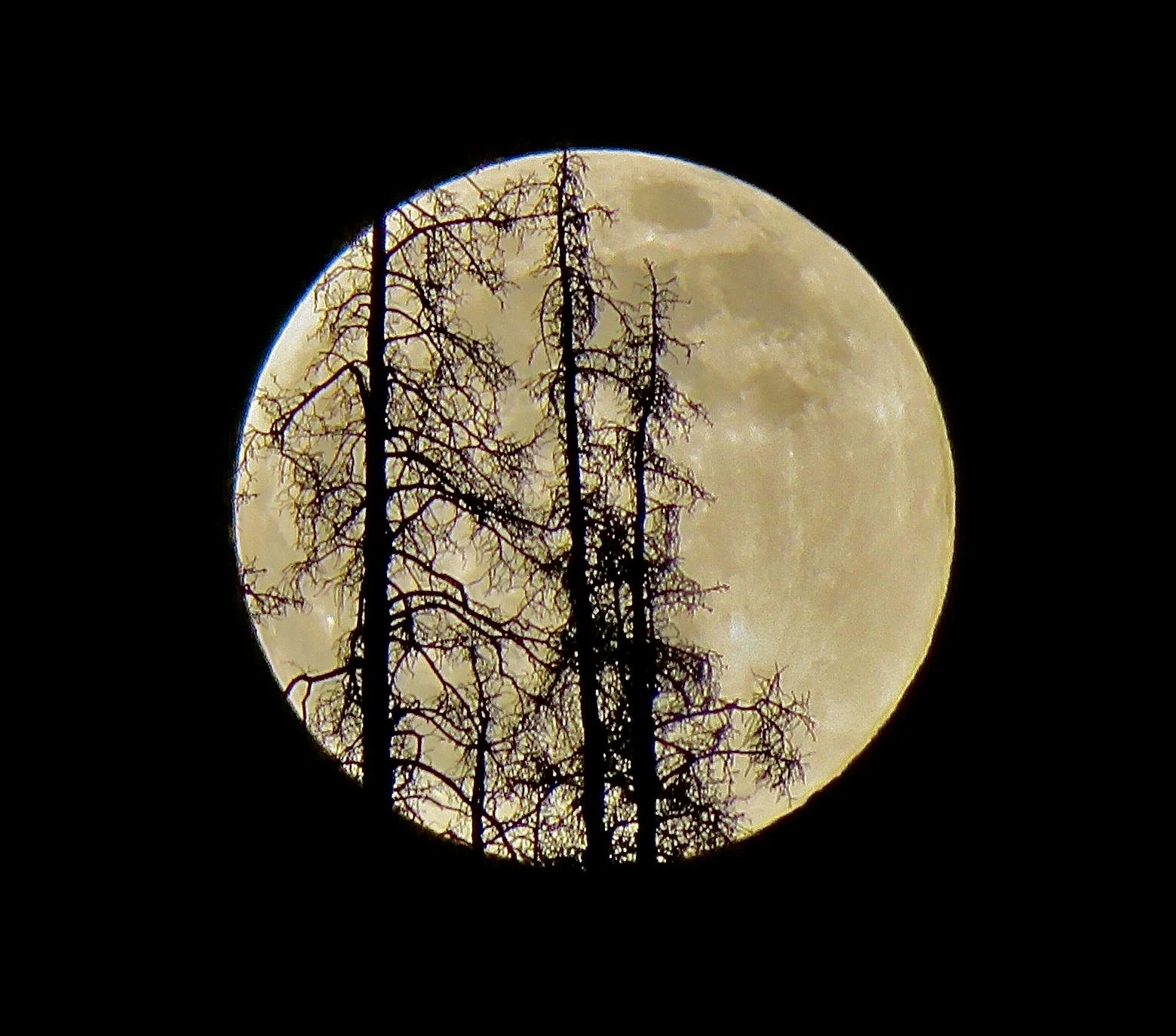SKYWATCH: January 2022
By Phillip Virden: Lake City, Colorado Amateur Astronomer, Cooperative Observer for 30+ years for National Weather Service, Dark Sky Coordinator for Lake Fork Valley Conservancy
Christmas Morning 2021
December in Review
Average high temperature was 36.4 degrees vs 34.2 historical average.
Highest recorded temperature was 55 on December 1st.
Average low temperature was 7.3 degrees vs 1.3 historical average.
Lowest recorded temperature was -10 on December 12th.
Average mean temperature was 21.85 vs 17. 8 historical average.
Total precipitation was 1.32” vs .99” historical average.
2021 in Review
Average mean temperature for 2021 was 43.04 vs 38.98 historical average.
Highest recorded temperature was 89 degrees on June 14th.
Lowest recorded temperature was -14 on January 12th and 13th.
Total precipitation was 17.21” vs 14.22” historical average.
July had a remarkable 5.58” total precipitation with 3.22” falling from the 21st thru the 26th. (Historical average precipitation for July is 2.05”).
November’s average mean temperature of 35 tied the 1999 historical record.
James Webb launches into outer space!
The long anticipated launch of one of the most complex space telescopes took place Christmas morning. The liftoff and sendoff into outer space went without a hitch. In its long journey of 1,000,000 miles, James Webb has to go through a series of very complicated manuvers before it can begin operation this summer. If all goes well, this incredible instrument will be able to go well beyond the renowned Hubble telescope in giving us a closer examination of the very birth of stars and galaxies as well as multiple other phenemonon with its infrared capability (infrared sees things the human eye cannot detect). The remarkable mission is a cooperative endeavor of NASA, the European Space Agency, and the Canadian Space Agency.
NASA photo of James Webb departing from its last booster. We won’t be able to see it again because it will be too far away from Earth in a few months.
Comet Leonard - taken from Windy Point
Comet Leonard, The December “Cold” Full Moon, and more…
I had one chance to capture Comet Leonard on a cold December 18th evening. I went to Windy Point and was lucky to not only get an image of the comet but also was mesmerized by an incredibly bright Moonrise and the resulting brightening of Uncompaghre Peak and surrounding mountains in the west. Just wish everyone could have experienced these wonders with me!
December’s Full Moon is known appropriately as the Cold Moon
Uncompahgre and friends are lit up by moonlight!
On the Winter Solstice, we were lucky to witness a large herd of beautiful Bighorn sheep. Like so many wildlife in our Colorado mountains, we were moved by them as they came down for grazing time along Colorado State Highway 149 near Freemon’s Ranch. Appropriately, Aries, the ram, appears in the winter southern sky between the constellations Pisces to the west and Taurus to the east. It is a difficult constellation to observe.
Aries is well known as an astrological constellation. The strengths of an Aries include being courageous, enthuasistic, optimistic, honest but a tad impatient!
From a Crow American Indian legend, a young man is rescued by a bighorn on a cliffside (his stepfather threw him off). The man is given power, wisdom, sharp eyes, sure footedness, keen ears, great strength, and a strong heart so long as he returns to the village and tells the Crow tribal members about his stepfather and that the river and mountains should be named Bighorn . The man returns to his people and, with his newly given power, has the vision to tell them his Crow people will survive only so long as the river winding out of the mountains is known now as the Bighorn River. Today the Bighorn mountains and Big Horn river are haven for outdoor recreationists.
January Astronomy Highlights
January 1 – Four planets may be visible at dusk in the southwest sky. Try and spot Venus and Mercury low on the horizon followed by Saturn and bright Jupiter.
January 2 – New Moon
January 3 – Quadrantid meteor shower
January 4 – Saturn near the Moon
January 5 – Jupiter near the Moon
January 6 – Crescent Moon by Mercury, Saturn, and Jupiter
January 9 – First quarter Moon
January 17 – Full Moon (known as the Wolf Moon)
January 25 – Last quarter Moon
January through February – Enjoy winter’s stellar show in the south. The constellations Orion, Canis Major, Canis Minor, Auriga, Gemini, Lepus, Taurus, and Monoceros hold many bright stars and beautiful deep sky objects. Lake City Skies will provide more information in the next issue of Skywatch.









